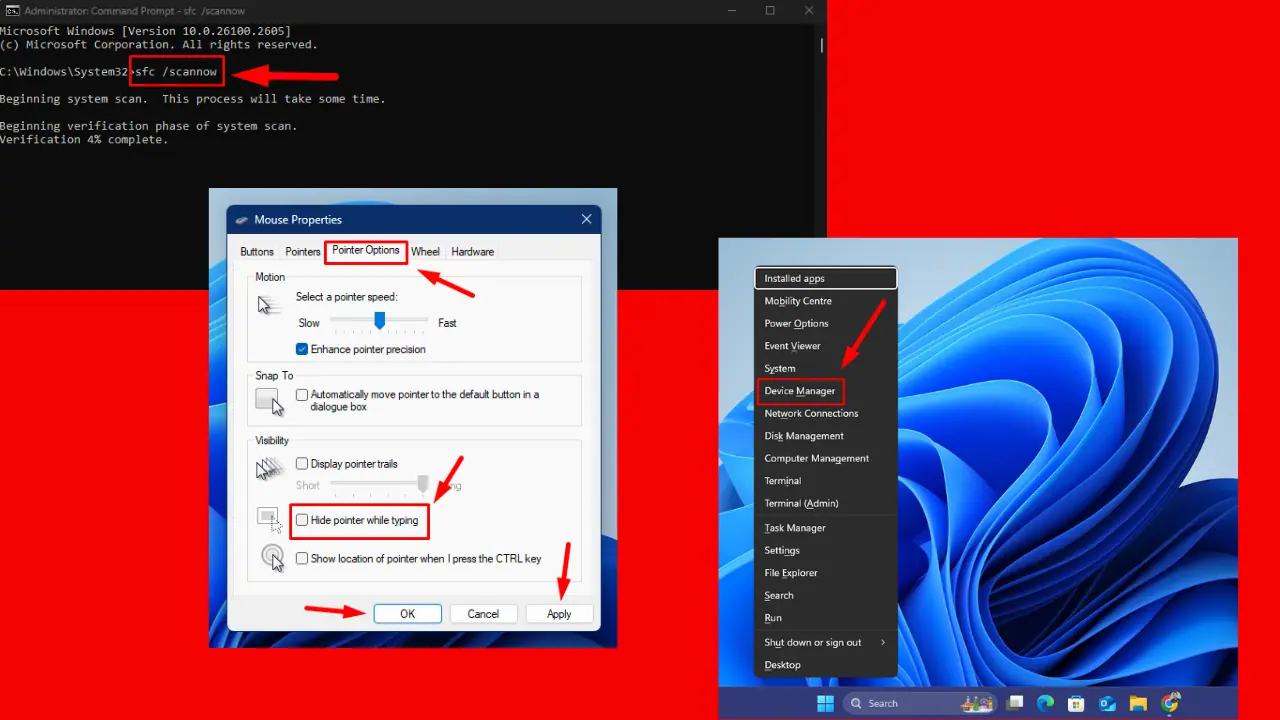Samsung details the new 108MP image sensor available on the Galaxy S20 Ultra
2 min. read
Published on
Read our disclosure page to find out how can you help MSPoweruser sustain the editorial team Read more

Samsung yesterday officially announced the new Galaxy S20 Ultra flagship smartphone featuring a 108MP camera as part of its quad-camera setup. Today, Samsung revealed ISOCELL Bright HM1, the image sensor that powers the 108MP camera in the Galaxy S20 Ultra. The ISOCELL Bright HM1 comes with several new technologies such as Nonacell and Smart-ISO to deliver great imaging experience. You can find details about the ISOCELL Bright HM1 sensor below:
- At a 1/1.33” scale with 108-million 0.8?m pixels, this new sensor features the industry’s first Nonacell technology, which delivers brighter images in low-light settings. Nonacell is an enhanced version of Tetracell with a three-by-three pixel structure. In the HM1, Nonacell merges nine neighboring 0.8?m pixels to mimic a large 2.4?m pixel, more than doubling Tetracell’s light absorption.
- As the number of adjoined cells increase, so does color interference, making pixel-binning technologies more challenging, the HM1 was able to realize the method by adopting Samsung’s ISOCELL Plus technology, which dramatically reduces crosstalk and minimizes optical loss as well as light reflection.
- For ultimate results under any lighting condition, the HM1 supplements Nonacell with several other advanced pixel technologies. For example, the HM1’s Smart-ISO technology produces vivid and vibrant images by intelligently selecting the optimal ISO.
- In challenging mixed-light environments for photo-taking, the HM1’s real-time HDR technology optimizes exposures, producing more natural looking videos and still photographs. By assigning the most appropriate exposure lengths to each pixel, the HM1 is able to capture scenes in multiple exposures simultaneously, generating HDR images in real-time for both preview and capture modes. For sharper results, the HM1 supports a gyro-based electronic image stabilization (EIS) and Super-PD, an advanced phase detection technology for fast and accurate auto-focus.
- The HM1 allows users to preview and capture full shots and close-ups of the subject at up to 3x lossless zoom, preserving the quality of the image. This is made possible by the sensor directly converting the pixels using an embedded hardware IP, rather than having the task delegated to the mobile processor. With 108-million pixels, the sensor is also able to produce images up to 3x zoom at a 12Mp resolution without upscaling.
Samsung ISOCELL Bright HM1 is currently in mass production and you can expect more devices featuring this sensor in the coming months.
Source: Samsung









User forum
0 messages